Sewing Machine Cleaning Tip: How to best get Rid of Lint
Brand Ambassador Rebecca Ringquist, artist, designer, author and owner of Dropcloth Samplers shares some useful and simple tips on how to clean your sewing machine.
A long time ago, when I was still sewing on a used machine, all of a sudden my machine clunked to a stop.
I took it in to be repaired, and when I came back, the repair main handed me a (not so small) ziplock bag of the lint that he had extracted from my machine. With a stern look he warned me that I should be cleaning my machine more often. There was so much lint that it had caused some of the metal parts to bend. Needless to say, that was embarrassing, and ever since, I’ve made it my mission to meticulously clean my machine on a regular basis.
Especially these days, when I’m stitching on such a high end model, a BERNINA 750 QE, I try and remember to clean the machine out every time before I sew.
I keep the necessary tools right next to my machine; I use a soft paintbrush, a pair of long skinny tweezers (my Grandpa was a dentist, and these are hand me downs…), and a soft lambswool tool. (I got mine at City Quilter in Manhattan.)
Making sure that your machine is OFF, remove the needle plate, and begin by lifting out any big pieces of lint with the tweezers. Look around for threads too, and remove those.
Then use the lambswool tool, and rub it back and forth over the surface. It acts like a dust magnet. Be sure to knock off all the dust from the lambswool tool when your are finished.
Lastly, remove the bobbin case, take out the bobbin, and use your soft brush to get any lint out from in there. Then use your brush to clean out the area where the bobbin casing goes.
Caution: Do not use pressurized air, which will only force the lint and threads deeper into your machine where you’ll never get them out, which could cause long term damage (see paragraph one).
Happy cleaning!
What you might also like
19 comments on “Sewing Machine Cleaning Tip: How to best get Rid of Lint”
-
-
Thanks for the tips will make sure my Bernina stays clean and healthy
-
I bought micro vacuum attachments and use them regularly. When I took my machine in for routine maintenance the technician told me that for the amount of hours I have on the machine it looked brand new and told me to keep doing whatever I was doing. I sew minky blankets about 6 hours, 5 days a week.
-
what is a micro vacuum attachment?
-
I got one of these for free at a Bernina class. I guess I need to get it out and use it.
-
-
Is there any possibility of learning how to clean the machine in more places than just the needle/bobbin area? All of the lint in the pictures looks like it is in other places than the needle/bobbin area. How can we keep that clean?
The new embroidery/computerized machines are so big and heavy it is very difficult to move them to take them to a dealer once a year. Mine has to go up and down two flights of stairs, and I’m 73 years old!
-
I clean my machine every day because of heavy use and like you have a desire to be able not just to clean, but to sharpen the thread cutting blade and generally do other maintenance. My Bernina dealer is an hour away, and not just lifting the heavy machine, but being able to quickly solve problems is impossible. I feel exactly like you about accessibility. I truly believe if Bernina could put a padlock on their machines they would, but because the placement of screws and types of screws they use, they practically have. Unless you have specific tools, there is no way to get to places on these machines to view/clean/adjust anything but what you are guided to do by Bernina dealers.
What I find frustrating and truly lacking, in this age of technology, is the lack of customer service by Bernina. No phone number you can call when you have a question or a problem. This includes dealers who are closed on Sunday and Monday. I have tried emailing Bernina on several occasions and have NEVER gotten a response!
I hear you and feel your pain about the maintenance. Thank you for writing this.
-
I have the same complaint. This is a huge issue, especially for those of us who live in rural areas. I have to get help from a neighbor or a friend to lug the machine to the car, then drive 90 minutes through treacherous canyon roads to get the maintenance technician. The type of repair that we could do ourselves should not invalidate the warranty. My husband is getting older and his hands hurt him, so he isn’t as adept at repairing machines as he was when younger. I have actually had him repair the machine when the technician told me it was “unrepairable”. He found a long pin across the computer board when he took the machine apart. He took this out and the machine has worked flawlessly since. We are on a fixed income and we weren’t about to spend 4 or 5 thousand dollars on a new machine. I really dislike dealers who only see the $$$ when servicing customers’ machines.
-
I have gotten great service and assistance from my Bernina stores where we have lived in MO, KS & TX – both when I have gone in and over the phone when I call with a problem. Get to know the people where you bought your machine. Also, attend classes at your Bernina dealers. Great way to learn lots about your machine.
-
That does not work when the dealer you purchased machine from goes out of business. That has happened to me twice.
-
-
I agree about the difficulty of doing any maintenance on your machine yourself. The new computerized ones are locked up tighter than a drum, and the only area you CAN get into is under the bobbin case, and that is difficult, too, on some. I can just about reach a lint brush down below the bobbin case area on my Janome 8900; otherwise, my husband has to load the thing into our car and we have to drive to a dealer, leave the machine, and then drive back another day. This is one reason why I enjoy my old Singer Featherweight; short of replacing the motor, I can do lots of the maintenance myself, as I can access everything.
-
-
I agree, mine is so heavy I have to have help loading it. I’ve stopped going to classes for this very reason and I also know a lot about using my machine.
-
-
I also have qtip type swabs in my cleaning arsenal, but not the expensive kind, the cheap kind that you find at a dollar store that leave less lint (I learned this in a Singer Featherweight cleaning class).
-
I agree that dealers are not always good. On one occasion I took my machine in, still under warranty they actually had it for six months. Yes they did give me a loaner after I complained a couple weeks later. If they don’t have the time and don’t know how to fix it than they need to send it back to the manufacturer even though they told me that they wouldn’t be able to fix it either, or get out of the business. I don’t think I would spend another $12 thousand or even four on Bernina again, once bitten you learn.
-
We are sorry to hear about your frustrations. Please contact our customer service team while visiting this link: https://berninaofamerica.zendesk.com. Our customer service team will be happy to look into this.
-
-
Pipe cleaners work really well for cleaning. Yes we should be able to open front end to remove thread from around the takeup lever
-
Really get to know your Bernina dealers. I have one of the best, Quilt n Sew in Prescott Az. Always available, works with your schedule and willing to help and show you everything regarding my B790plus cleaning, and the importance of cleaning.
-
I have an Artista 200 retrofitted with the Stitch regulator. Should I put a drop of oil in the bobbin area after I clean it. It does not flip open to remove the hook.
Leave a Reply
You must be logged in to post a comment.
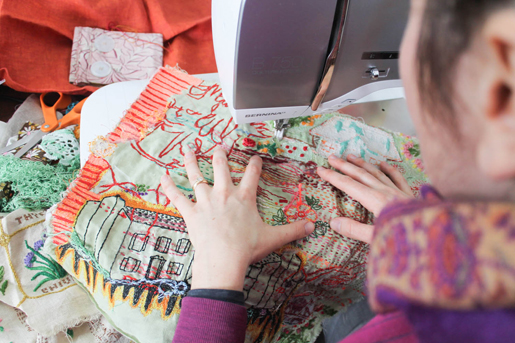
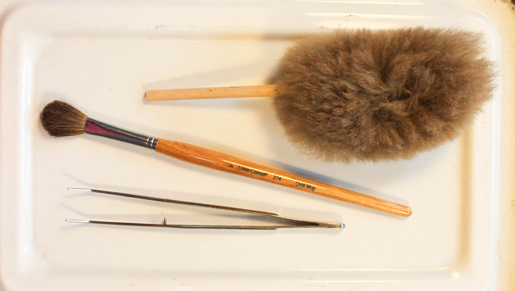
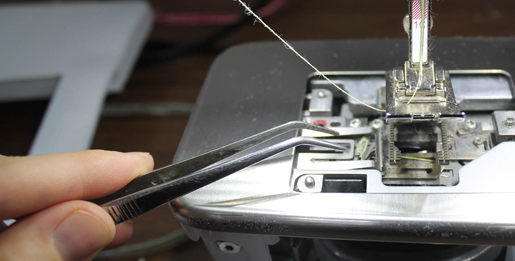
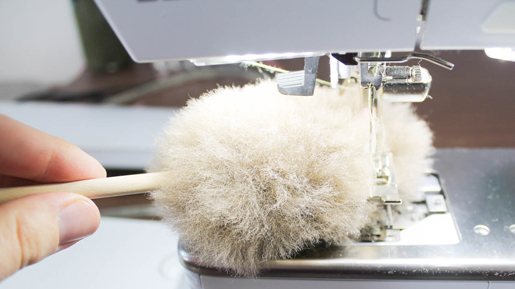
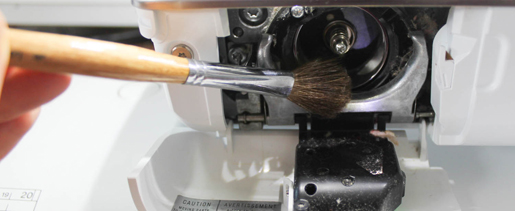




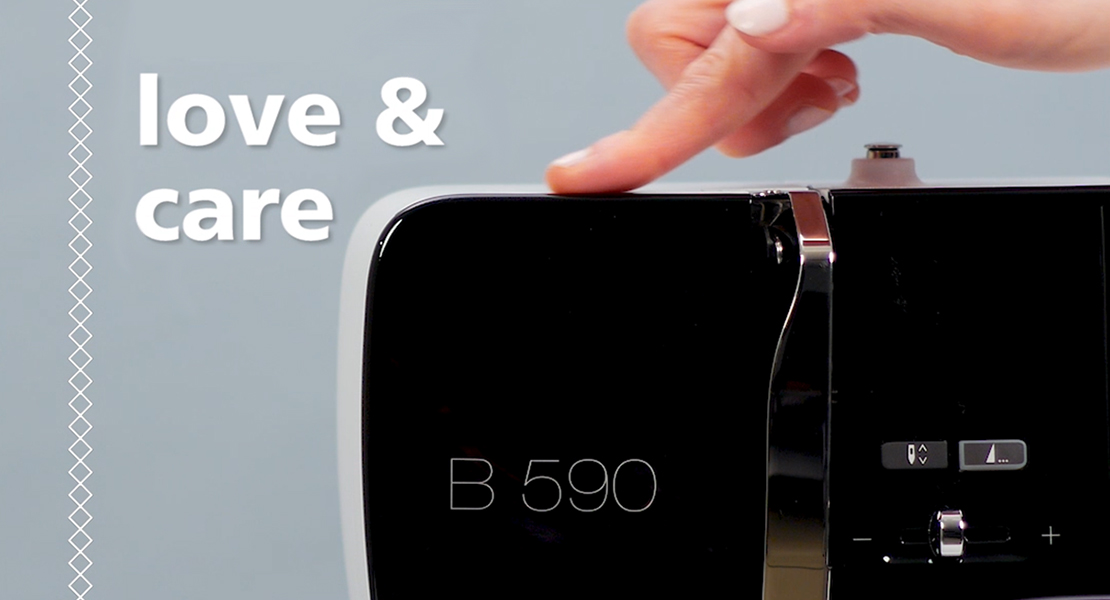
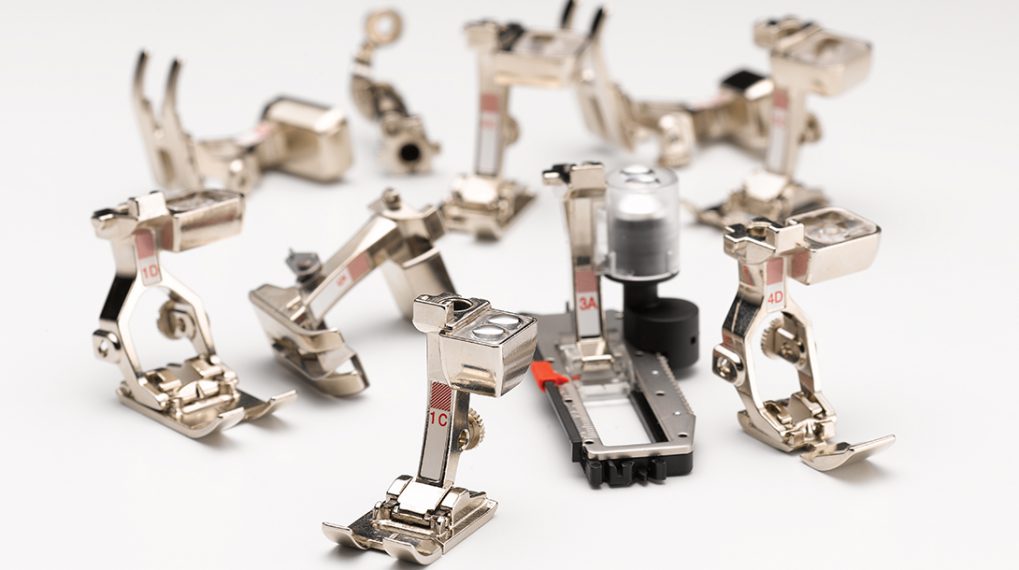
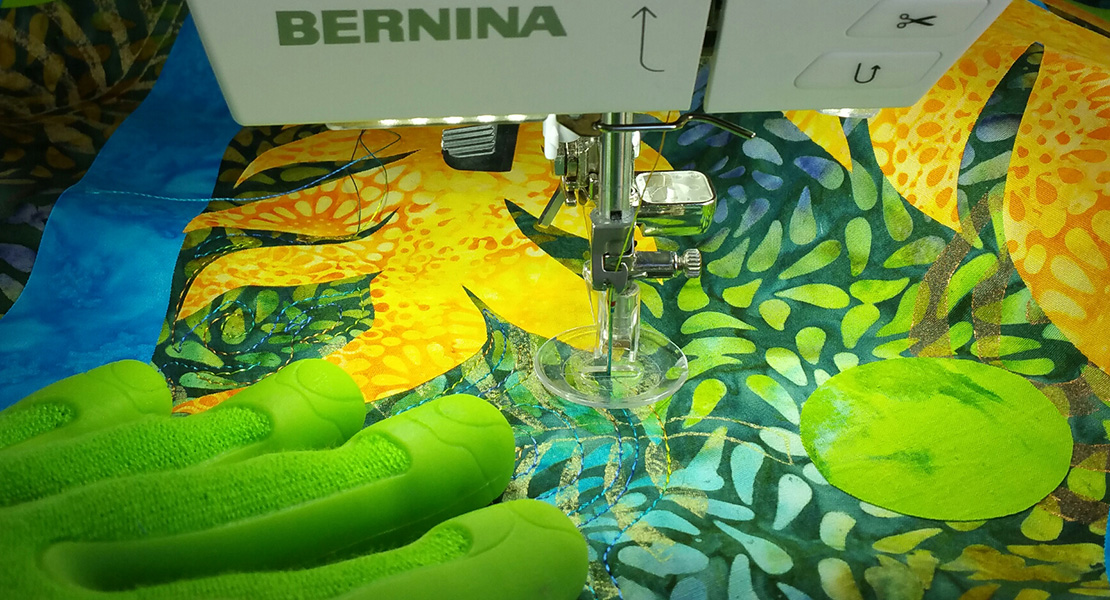
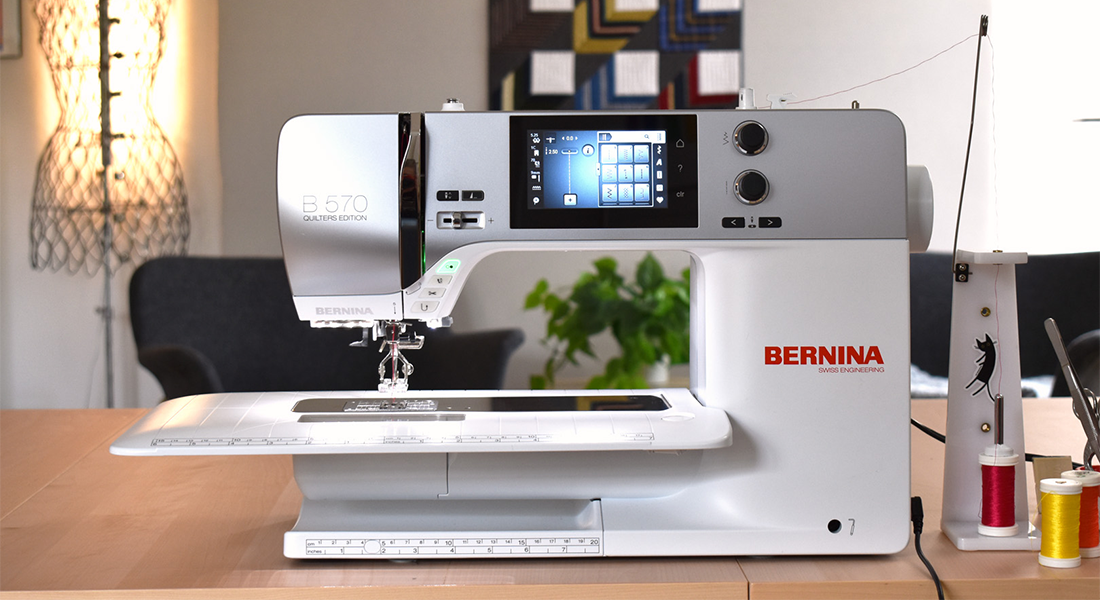
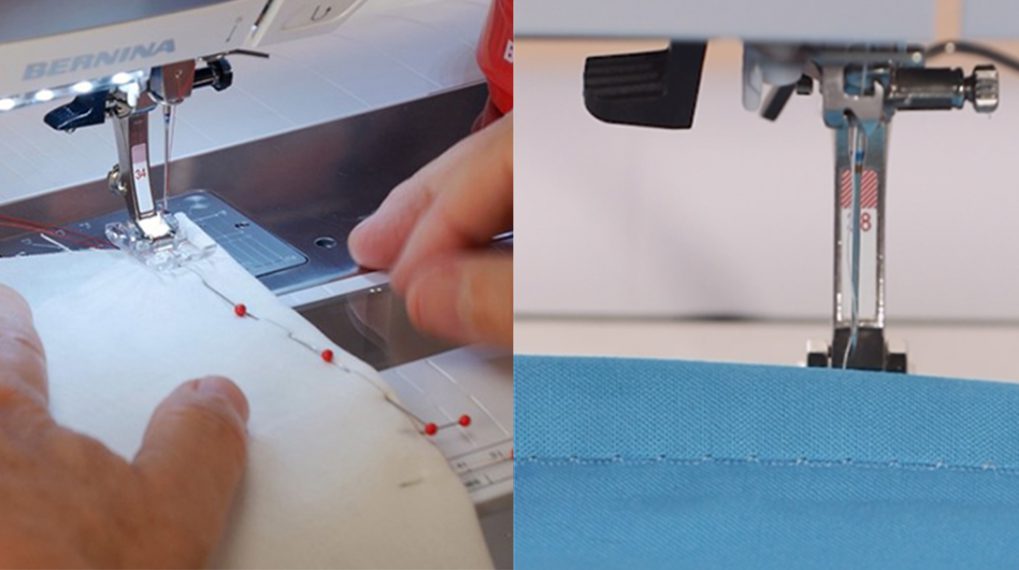
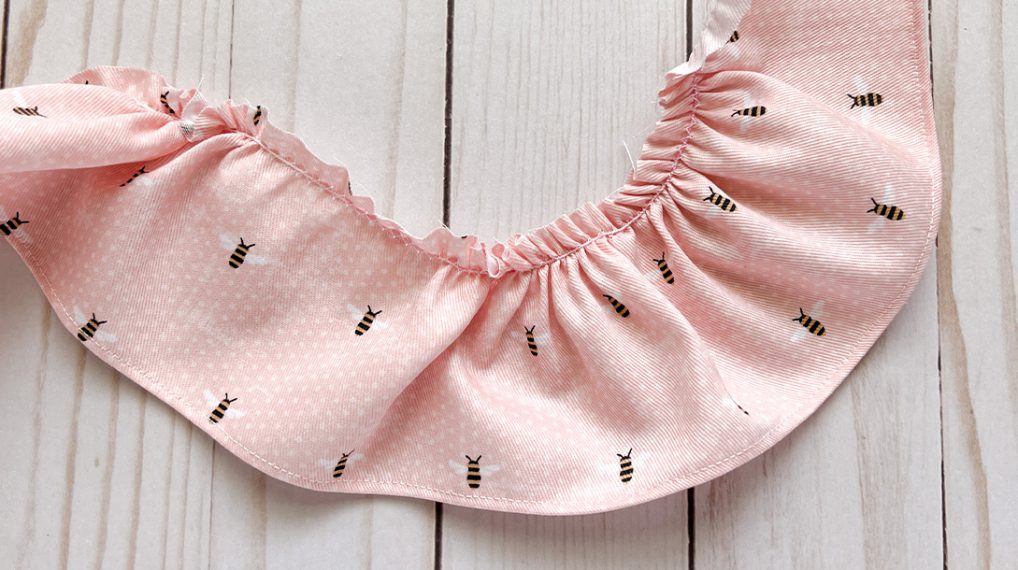
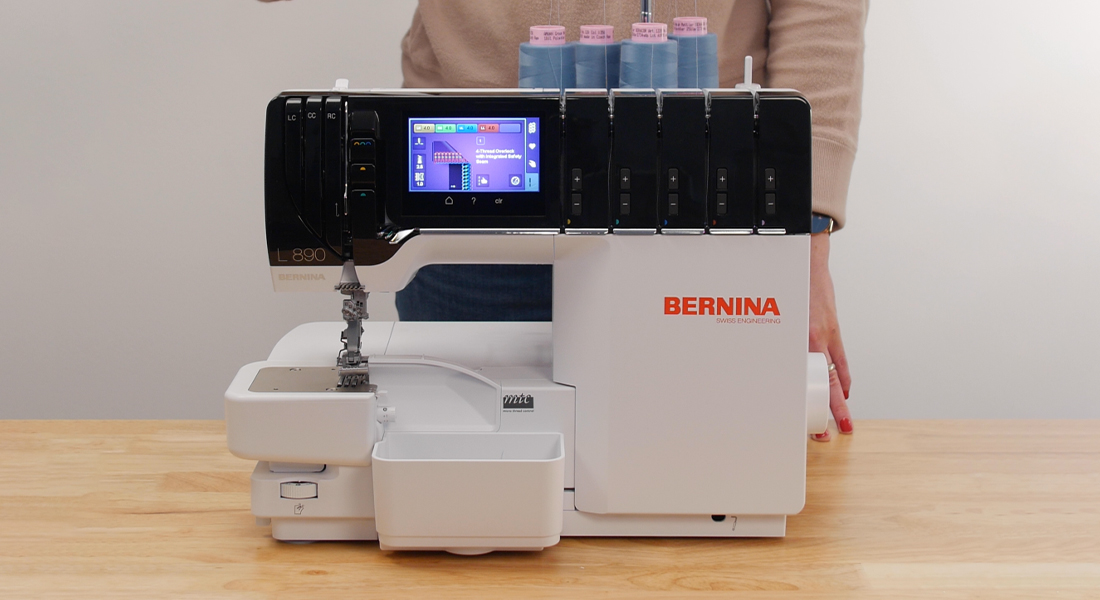
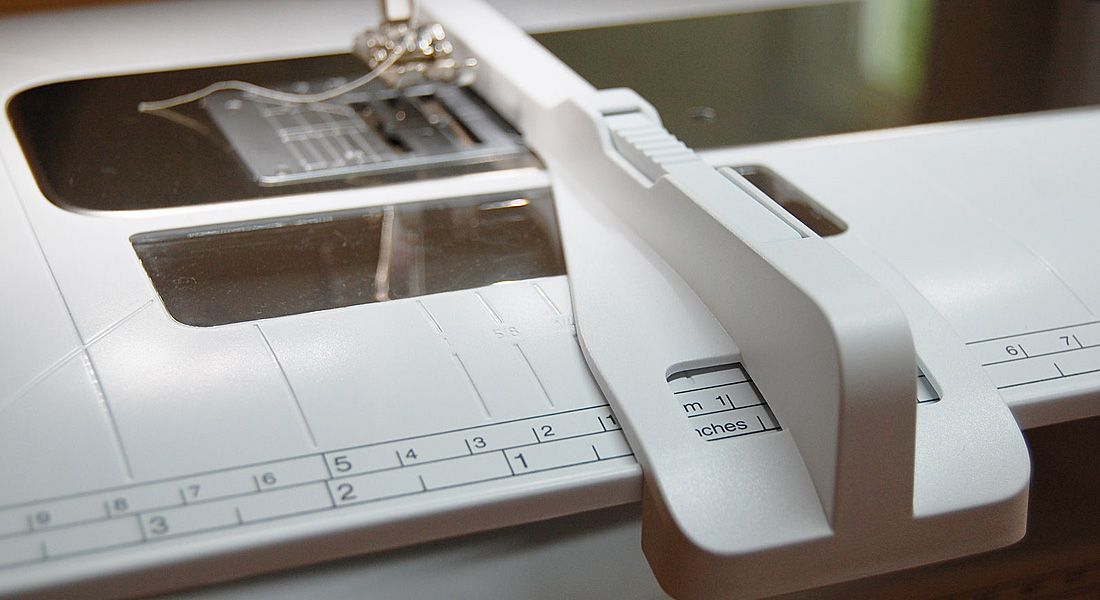
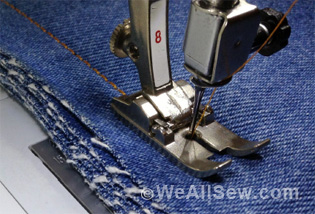
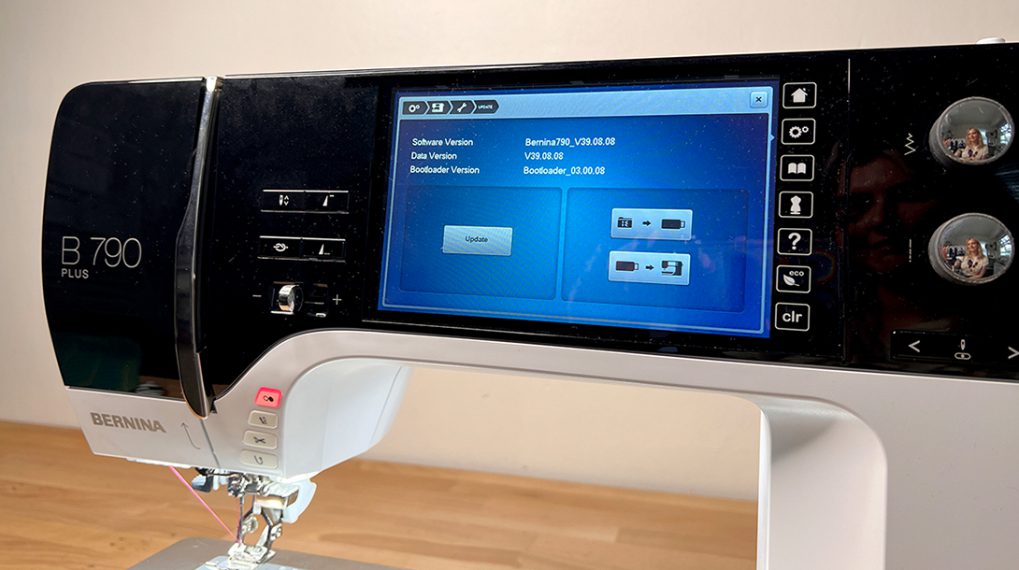
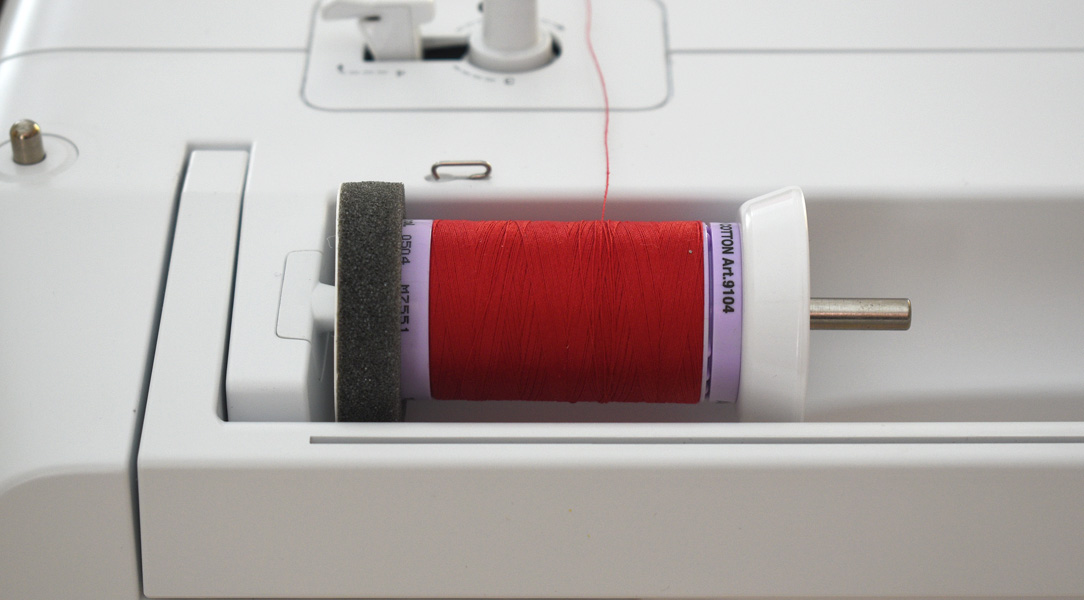
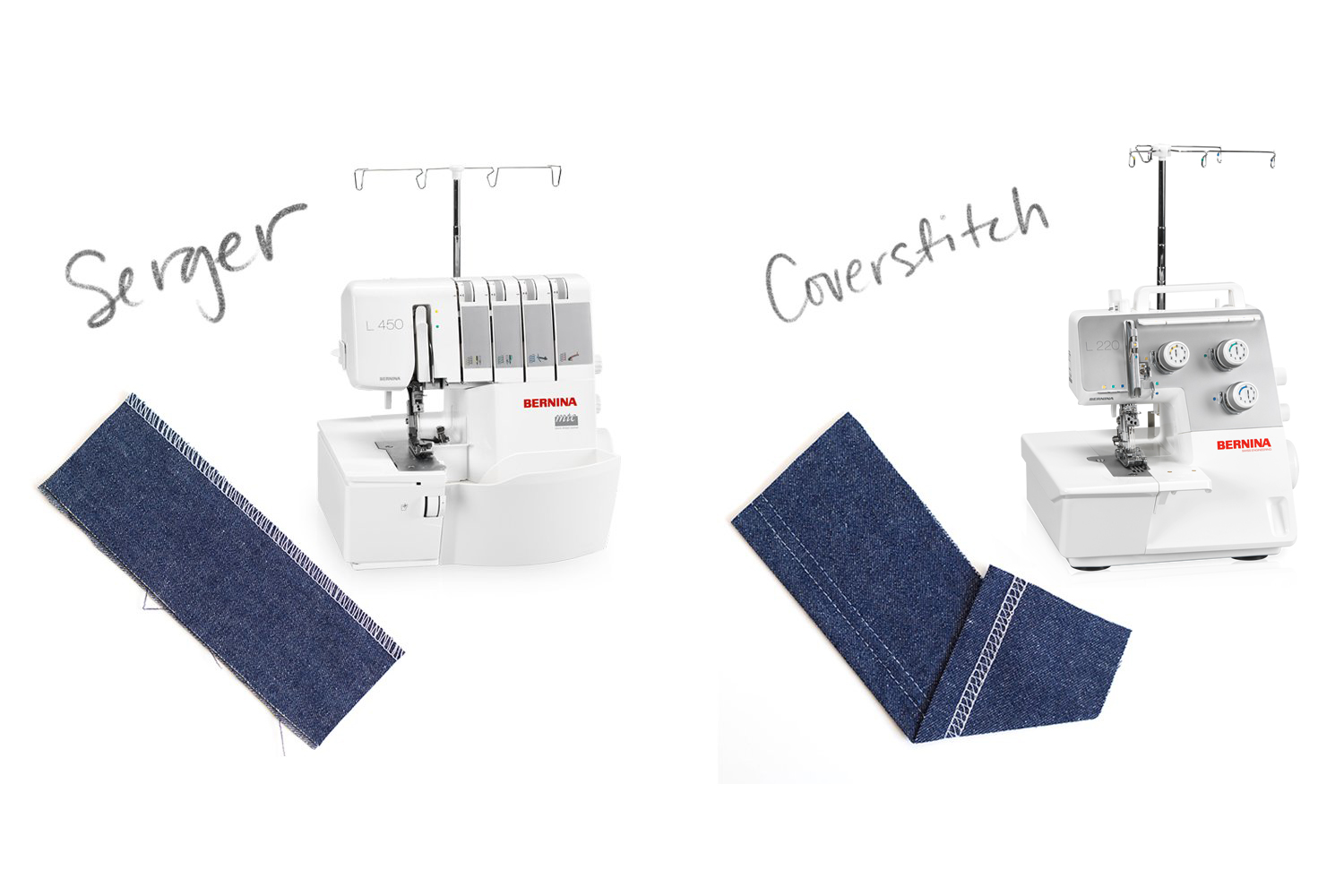
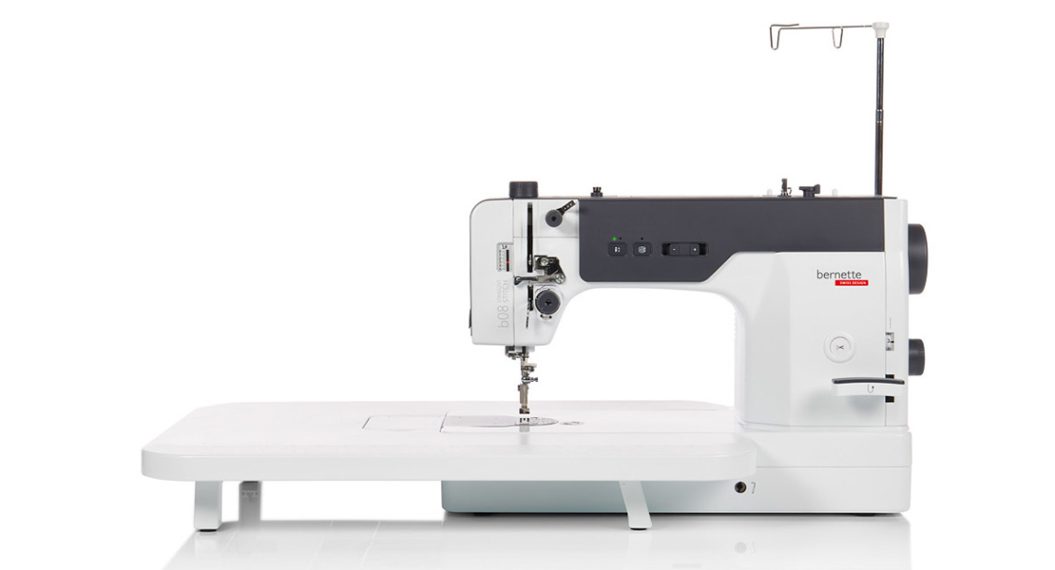
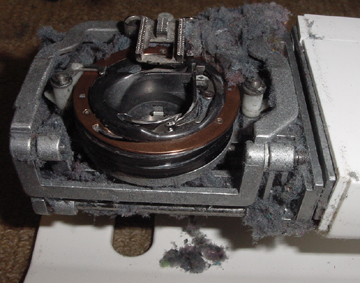
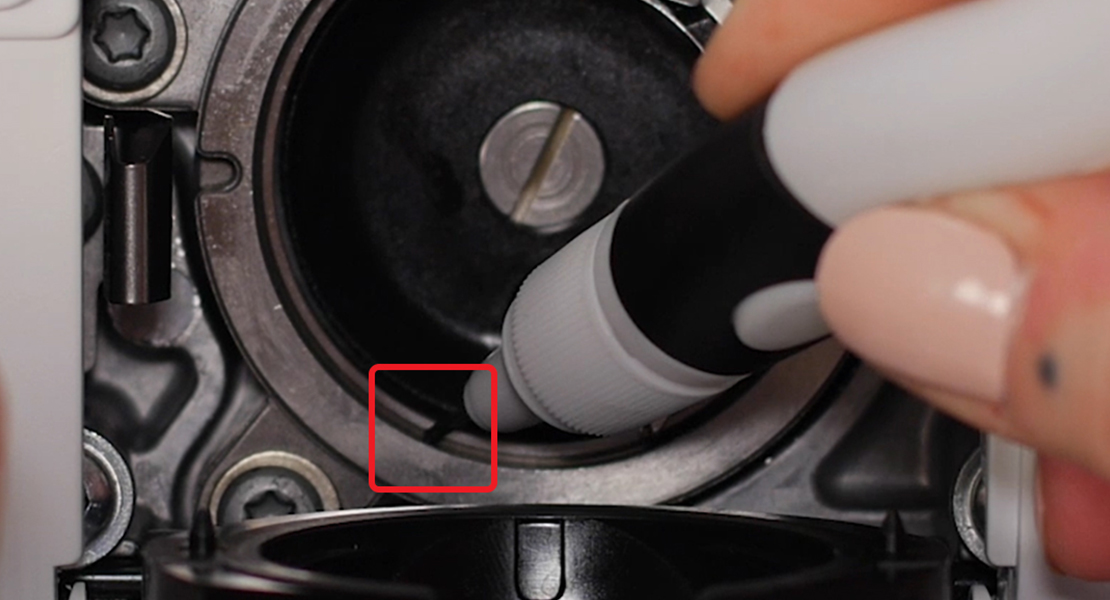
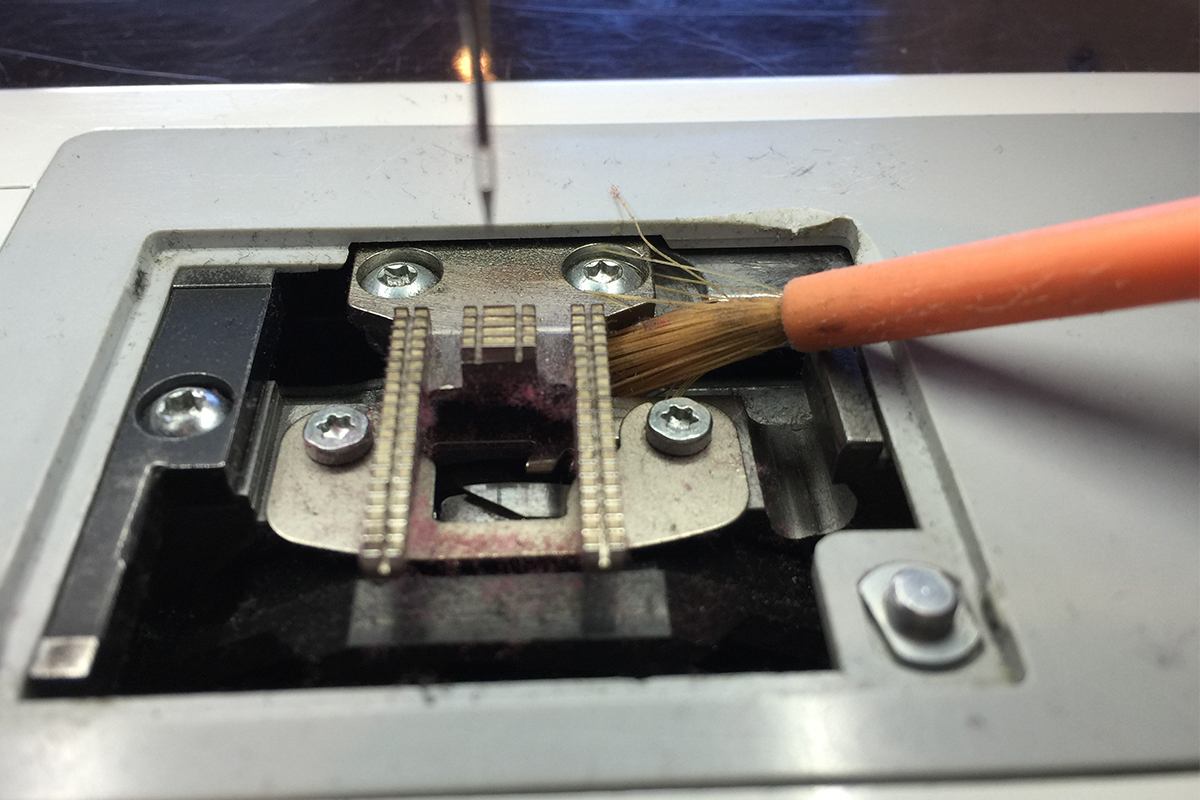
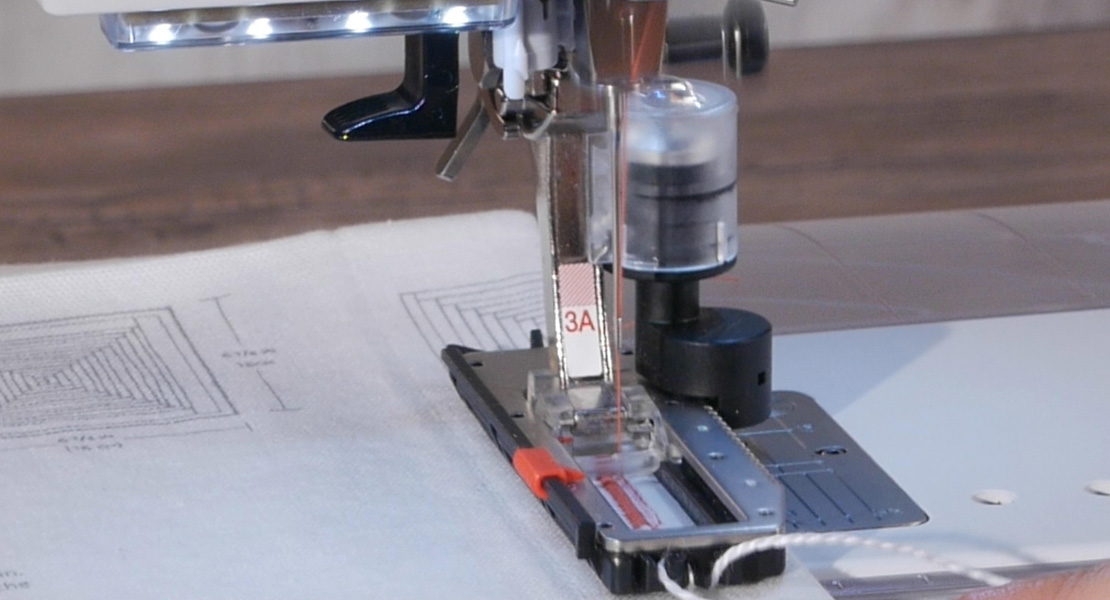
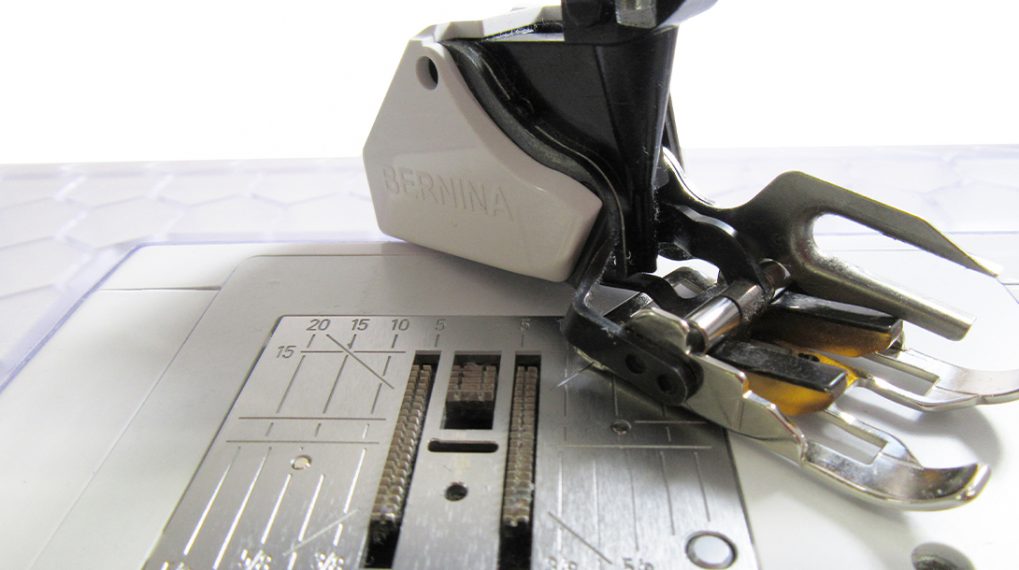

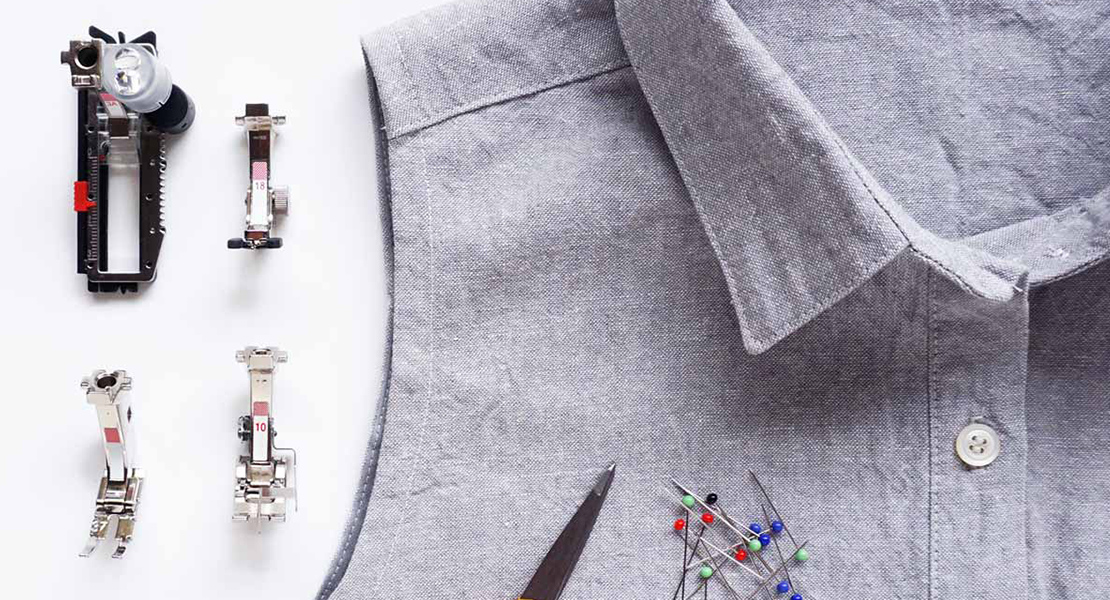
I got into the habit of cleaning my machine regularly because it was an older model that needed oiling & everything stuck to the oil, making a mess! I sew artists teddy bears & use ‘lint producing’ mohair. If not tired, I will clean my machine the minute I’m finished using it. Barring that, I will clean before beginning to sew. If you get into the habit of this, the job is short & you never have to worry.